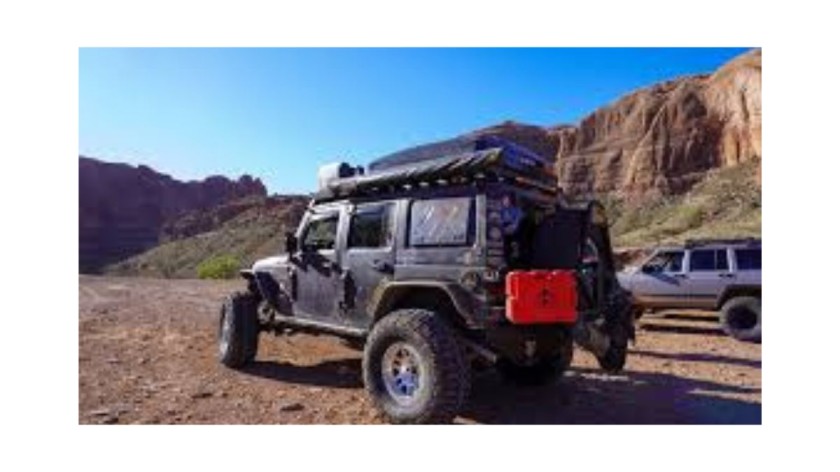Table of Contents
Introduction:
The call of the wild beckons, and your trusty off-road vehicle is ready to answer. Whether you’re planning a thrilling weekend getaway to the mountains, a challenging trek through dense forests, or an adventurous ride across desert dunes, being well-prepared is key to ensuring your journey is both safe and enjoyable. Before you hit the dusty trails or rocky climbs, it’s crucial to equip your vehicle with essential off-road accessories. These accessories can transform your journey from a nerve-wracking, white-knuckled experience into an epic adventure where you confidently conquer any terrain.
Off-roading is not just about the thrill of driving; it’s about exploring uncharted territories, experiencing the raw beauty of nature, and testing your vehicle’s capabilities. However, the unpredictable nature of off-road environments can present numerous challenges, from getting stuck in deep mud to navigating steep, rocky inclines. The right gear can make all the difference between a smooth, enjoyable ride and a frustrating, potentially dangerous situation.
This comprehensive guide equips you with the knowledge to choose the right off-road gear, ensuring you’re prepared for whatever challenges the wilderness throws your way. From recovery equipment to traction aids, and navigation tools to safety essentials, we cover everything you need to transform your off-road vehicle into a reliable and resilient adventure companion. So, gear up and get ready to conquer the wild with confidence!
List of Essential Off-Road Accessories for Adventurers:
(1) Recovery Gear: Get Unstuck with Confidence
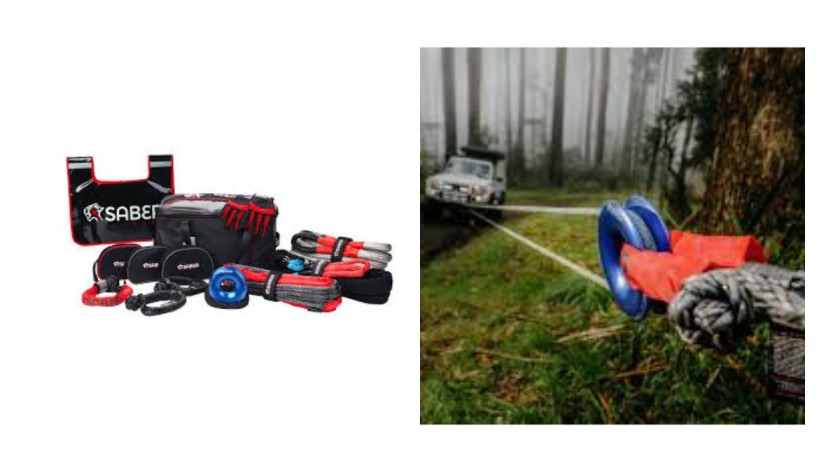
Getting stuck is a reality of off-roading. Be prepared with a comprehensive recovery kit that includes:
- Tow Strap or Recovery Rope: Choose a high-quality strap or rope with a weight rating exceeding your vehicle’s weight. Look for straps with reinforced loops and recovery ropes with kinetic energy properties, which stretch and then contract to help pull vehicles out of tough spots more effectively.
- Shackles: Heavy-duty shackles, often made from forged steel, are crucial for linking your recovery strap to your vehicle’s tow points. Soft shackles made from synthetic materials are gaining popularity due to their lightweight and flexibility while still offering high strength.
- Recovery Shovel: A sturdy, foldable shovel is essential for digging out your tires or creating a path for traction. Look for shovels with serrated edges for cutting through roots and compacted soil.
Additional Recovery Gear:
- Winch: A winch with a suitable weight rating for your vehicle can be invaluable for self-recovery in extreme conditions. Ensure it’s properly mounted and comes with a synthetic rope or steel cable, remote control, and a fairlead.
- Traction Boards: Traction boards provide a grippy surface for your tires to climb out of sand, mud, or snow. They are lightweight, easy to use, and can double as shovels in a pinch.
(2) Traction & Protection: Conquer Uneven Terrain
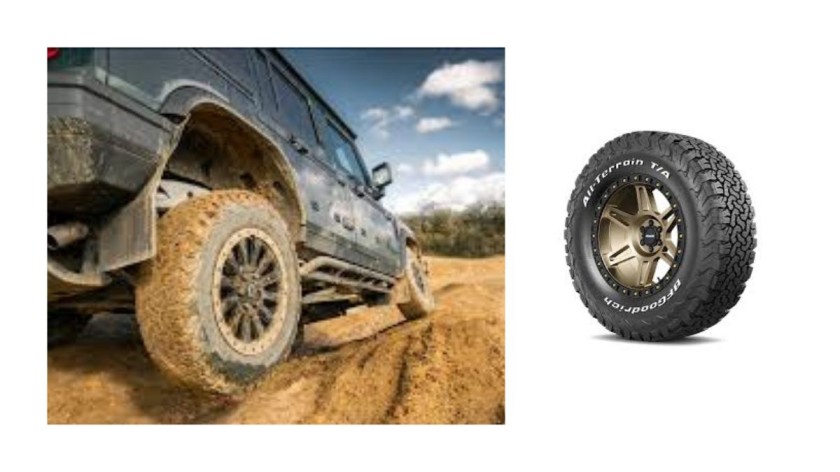
Equip your vehicle for difficult terrain with the following:
- All-Terrain Tires: Invest in a good set of off-road tires with aggressive treads for superior grip and sidewall protection. Tires like BFGoodrich All-Terrain T/A KO2 or Goodyear Wrangler Duratrac are popular choices. Ensure the tires are properly inflated and regularly check for wear and damage.
- Skid Plates: Protect your vehicle’s undercarriage from rocks, stumps, and debris with skid plates made from steel or aluminum. Key areas to protect include the engine, transmission, fuel tank, and transfer case. Some vehicles offer skid plates as aftermarket add-ons.
- Lift Kit (Optional): For increased ground clearance and tackling more challenging obstacles, consider a lift kit. This can include suspension lifts, body lifts, or leveling kits. Ensure it’s compatible with your vehicle and that you understand the impact on your vehicle’s handling and center of gravity.
(3) Navigation & Communication: Stay Found and Connected
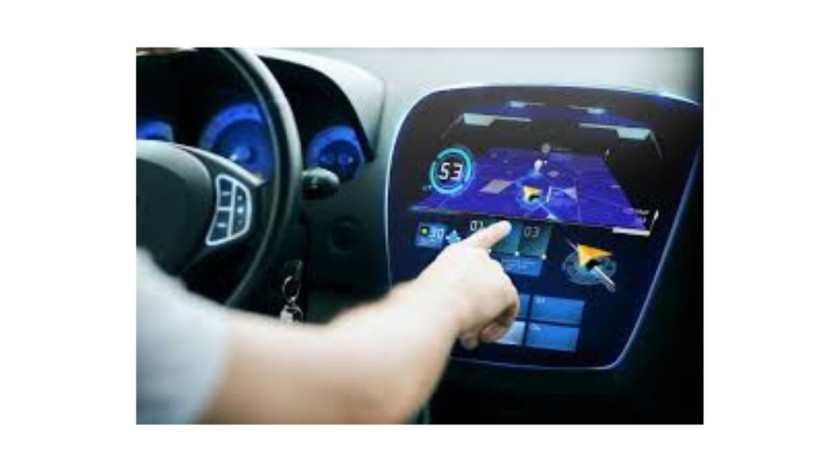
Don’t rely solely on your phone’s GPS signal. Here are some must-haves:
- Off-Road GPS: A dedicated off-road GPS like the Garmin Overlander or Magellan TRX7 provides detailed topographic maps, trail information, and offline functionality. These devices often include features like waypoint marking, route tracking, and trip logging.
- Two-Way Radio: Stay connected with fellow adventurers or park rangers in case of emergencies. Consider CB radios, GMRS radios, or HAM radios, depending on your communication needs and the range required. Ensure you have the necessary licenses for HAM radios.
- Satellite Communicator: Devices like the Garmin inReach or SPOT Gen4 allow for two-way messaging, GPS tracking, and SOS emergency services when you’re far from cellular coverage.
(4) Lighting: See Clearly and Be Seen
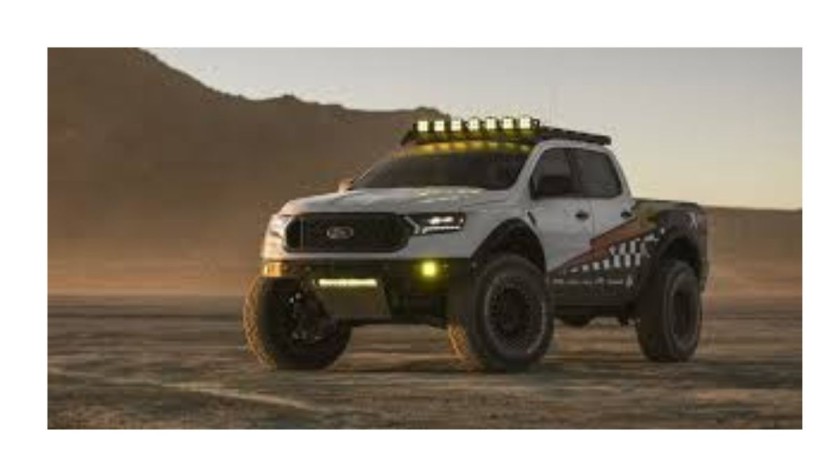
Enhance visibility and safety with:
- Off-Road Light Bar: Increase nighttime visibility on trails with a powerful LED light bar mounted on your roof or bumper. Brands like Rigid Industries or Baja Designs offer high-quality options. Ensure the light bar is securely mounted and wired correctly.
- Auxiliary Lighting: Consider additional LED pods for better side and rear visibility. These can be mounted on the A-pillars, rear bumper, or sides of the vehicle to illuminate tight trails and campsite areas. Spot, flood, and combo beam patterns offer different lighting options.
- Headlamp Upgrades: Upgrading your vehicle’s stock headlights to high-output halogen, HID, or LED bulbs can significantly improve nighttime driving safety.
(5) Essentials for Comfort & Safety:
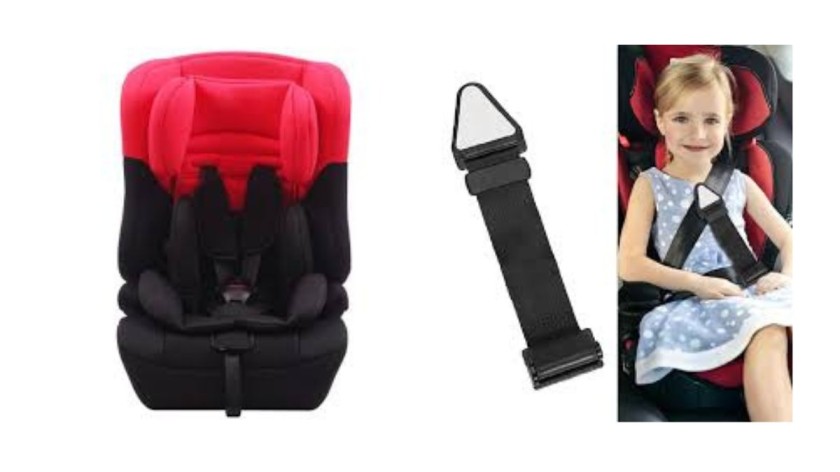
Be prepared for unexpected situations with:
- First-Aid Kit: A well-stocked first-aid kit is crucial for treating minor injuries. Include items like bandages, antiseptic wipes, pain relievers, tweezers, and a manual. Customize the kit with any personal medications and additional supplies based on the number of people and the duration of your trip.
- Emergency Blanket & Roadside Flares: Stay warm and signal for help in case of emergencies. Space blankets are lightweight and compact, while road flares or LED emergency lights can alert other drivers to your presence.
- Portable Tire Inflator: A portable inflator allows you to re-inflate a flat tire quickly and easily. Look for models with a built-in pressure gauge and multiple power options (12V, battery, or manual). Keeping a tire repair kit on hand is also beneficial for plugging small punctures.
Bonus Tip: Basic Toolkit and Essential Fluids
Pack a basic toolkit and essential fluids for minor repairs on the go:
- Basic Toolkit: Include items like screwdrivers, pliers, wrenches, socket sets, tire repair kits, duct tape, and zip ties. A multi-tool and knife are also handy additions.
- Essential Fluids: Carry extra engine oil, coolant, brake, power steering, and transmission fluid. Ensure you have the appropriate fluids for your vehicle and know how to check and refill them.
Conclusion:
Off-roading is all about exploration and self-reliance. By choosing the right essential accessories, you’ll be ready to tackle any challenge and make your off-road adventure truly unforgettable.
Ready to conquer the wilderness? Research the specific accessories mentioned in this blog to find the best options for your vehicle and off-roading style. Happy adventuring!
Read More- Beyond PlayStation: Top Gaming Alternatives
FAQ-
Why do I need specific off-road accessories for my vehicle?
Off-road accessories are designed to enhance the performance, safety, and reliability of your vehicle when navigating challenging terrains. They help prevent damage, aid in vehicle recovery, improve traction and ensure you can handle unexpected situations effectively.
What is the most important recovery gear I should have?
The most crucial recovery gear includes a tow strap or recovery rope, heavy-duty shackles, and a recovery shovel. These items are essential for getting unstuck from mud, sand, or snow. Additionally, consider winch and traction boards for more serious recovery situations.
How do I choose the right all-terrain tires for my vehicle?
When selecting all-terrain tires, consider the terrain you’ll be driving on most frequently. Look for tires with aggressive tread patterns, reinforced sidewalls, and a size that fits your vehicle. Popular options include BFGoodrich All-Terrain T/A KO2 and Goodyear Wrangler Duratrac.
Are skid plates necessary for off-roading?
Yes, skid plates are essential for protecting your vehicle’s undercarriage from rocks, stumps, and other obstacles. They help prevent damage to vital components like the engine, transmission, and fuel tank, which can be costly to repair.
What types of navigation tools are best for off-roading?
Dedicated off-road GPS units like the Garmin Overlander or Magellan TRX7 are ideal as they offer detailed topographic maps, trail information, and offline functionality. Additionally, having a two-way radio or satellite communicator can help you stay connected in remote areas.
How can I improve my vehicle’s lighting for off-roading at night?
Enhance your vehicle’s lighting by installing an off-road light bar, and LED pods, and upgrading your stock headlights to high-output halogen, HID, or LED bulbs. These improvements will provide better visibility and safety during nighttime adventures.
What should be included in a first-aid kit for off-roading?
A well-stocked first-aid kit should include bandages, antiseptic wipes, pain relievers, tweezers, and a first-aid manual. Customize it with personal medications and additional supplies based on the number of people and the duration of your trip.
Why is a portable tire inflator important for off-roading?
A portable tire inflator is crucial for re-inflating tires that have lost pressure due to rough terrain or punctures. It ensures you can maintain optimal tire pressure for safe and efficient driving. Pair it with a tire repair kit for handling small punctures.
What additional tools and fluids should I carry for minor repairs?
Pack a basic toolkit that includes screwdrivers, pliers, wrenches, a socket set, tire repair kit, duct tape, and zip ties. Carry essential fluids such as engine oil, coolant, brake fluid, power steering fluid, and transmission fluid to handle minor repairs and maintenance on the go.
How do I ensure my lift kit is compatible with my vehicle?
Before purchasing a lift kit, consult your vehicle’s manual and research kits specifically designed for your make and model. Consider professional installation to ensure it’s correctly fitted and won’t negatively impact your vehicle’s handling and safety.

